ByungSoo Ko
A Benchmark on Tricks for Large-scale Image Retrieval
Jul 27, 2019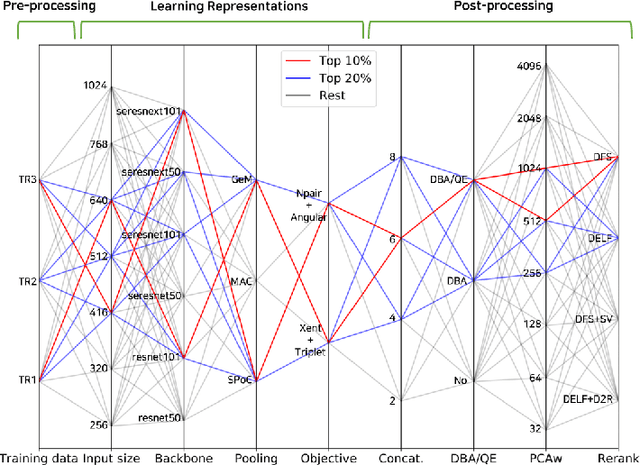
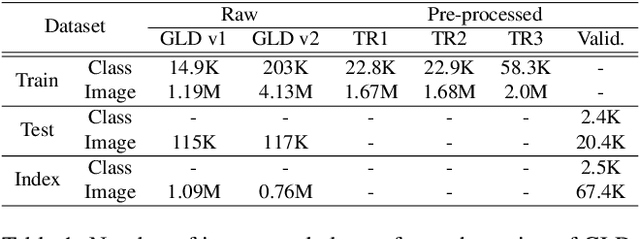
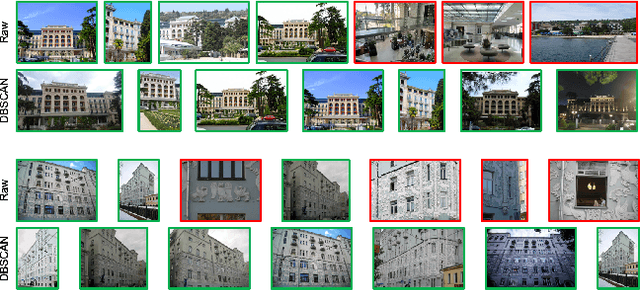

Abstract:Many studies have been performed on metric learning, which has become a key ingredient in top-performing methods of instance-level image retrieval. Meanwhile, less attention has been paid to pre-processing and post-processing tricks that can significantly boost performance. Furthermore, we found that most previous studies used small scale datasets to simplify processing. Because the behavior of a feature representation in a deep learning model depends on both domain and data, it is important to understand how model behave in large-scale environments when a proper combination of retrieval tricks is used. In this paper, we extensively analyze the effect of well-known pre-processing, post-processing tricks, and their combination for large-scale image retrieval. We found that proper use of these tricks can significantly improve model performance without necessitating complex architecture or introducing loss, as confirmed by achieving a competitive result on the Google Landmark Retrieval Challenge 2019.
Combination of Multiple Global Descriptors for Image Retrieval
Mar 26, 2019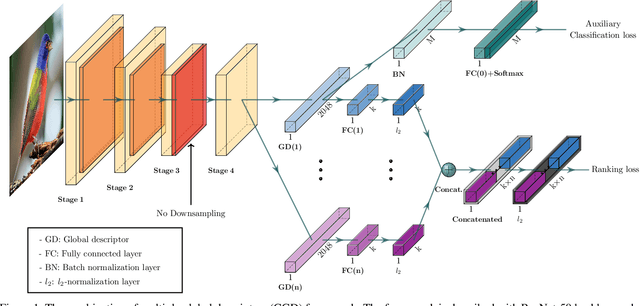

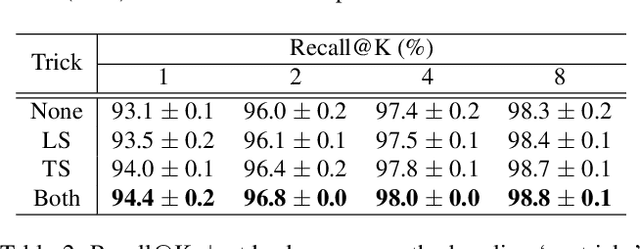
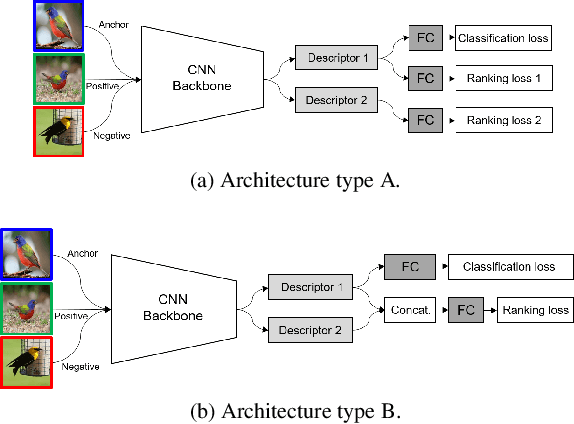
Abstract:Recent studies in image retrieval task have shown that ensembling different models and combining multiple global descriptors lead to performance improvement. However, training different models for ensemble is not only difficult but also inefficient with respect to time or memory. In this paper, we propose a novel framework that exploits multiple global descriptors to get an ensemble-like effect while it can be trained in an end-to-end manner. The proposed framework is flexible and expandable by the global descriptor, CNN backbone, loss, and dataset. Moreover, we investigate the effectiveness of combining multiple global descriptors with quantitative and qualitative analysis. Our extensive experiments show that the combined descriptor outperforms a single global descriptor, as it can utilize different types of feature properties. In the benchmark evaluation, the proposed framework achieves the state-of-the-art performance on the CARS196, CUB200-2011, In-shop Clothes and Stanford Online Products on image retrieval tasks by a large margin compared to competing approaches.
 Add to Chrome
Add to Chrome Add to Firefox
Add to Firefox Add to Edge
Add to Edge